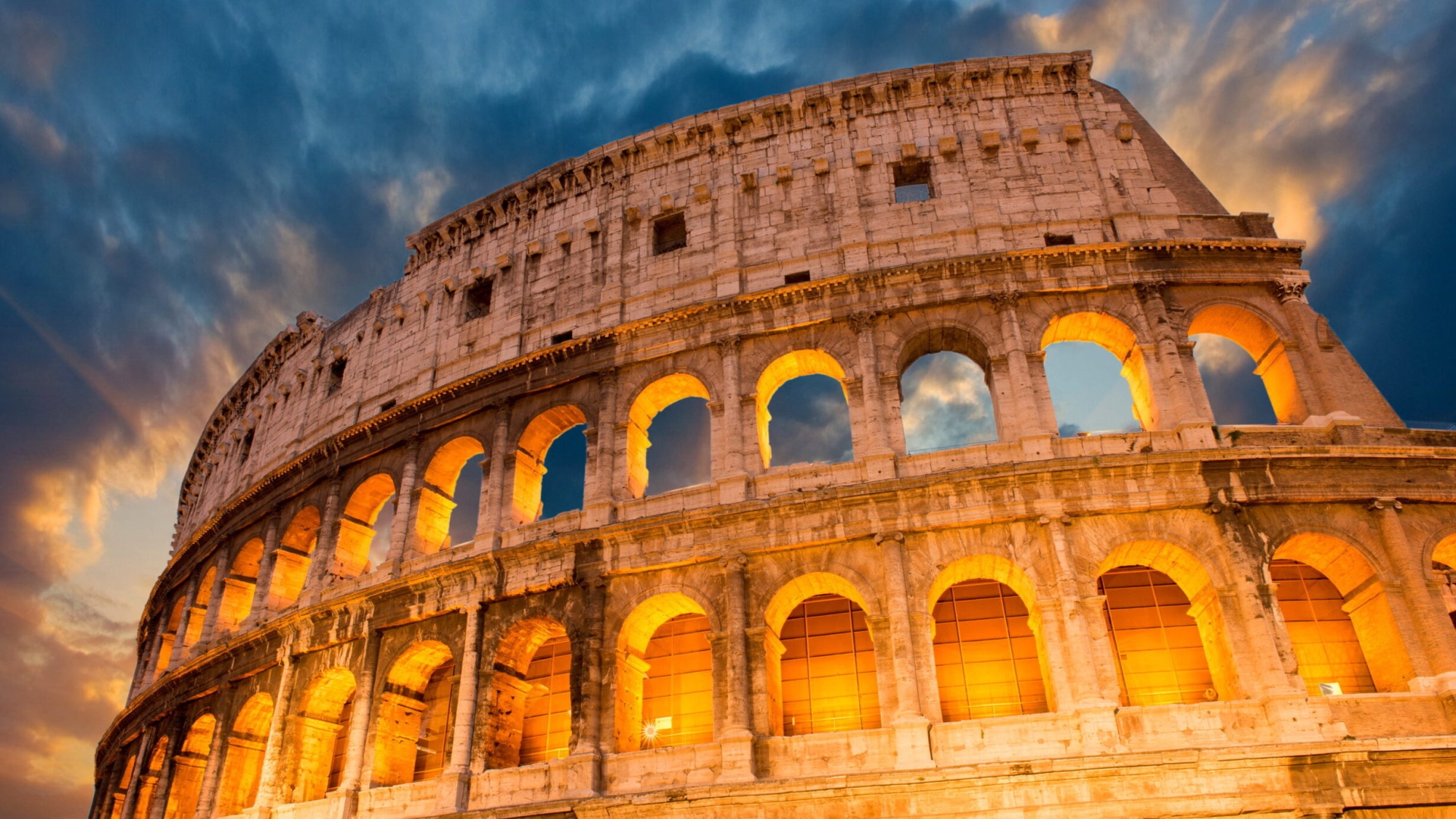
Elevators or lifts are used to transport material or passengers between different levels of a multistory building or a structure.
Elevators have a rich history dating back thousands of years. The earliest known elevators were simple platforms lifted by human or animal power, used primarily to transport goods and materials.
There is a prevalent belief that Archimedes was the originator of the initial elevator around 236 B.C., utilizing a design wherein hoisting ropes were wound around a drum. These ropes were linked to a capstan and operated through direct human effort.
The Colosseum
Within the Colosseum, there existed approximately 28 to 30 lifts, which served to elevate animals through 23-foot tall wooden shafts before their grand entrance. Engineered to convey 600 pounds in one go—equivalent to the weight of two lions—these lifts relied on human power, reminiscent of the Greek elevator system. However, due to the substantial load, each lift necessitated the efforts of eight men to operate the capstans, implying that if all lifts were in use simultaneously, 200 workers would be engaged in operating the machinery.

The Flying Chair
Not until 1743 did the first passenger elevator emerge, situated outside the king’s palace in Versailles. It was specifically crafted for King Louis XV, connecting the first and second floors of the palace. Dubbed “The Flying Chair,” this elevator facilitated movement between the king’s chambers and those of his mistress as he did not want to climb stairs much to see his mistress.

Modern Safety Lift
The modern lift as we know it today didn’t come into existence until the mid-19th century with the invention of the steam-powered elevator by Elisha Graves Otis. His innovation, the safety brake, prevented elevators from falling in the event of a cable failure, making them much safer for transporting passengers.
Throughout the late 19th and early 20th centuries, elevators became increasingly common in urban areas, especially with the rise of skyscrapers. The development of electric elevators further revolutionized the industry, enabling faster and more efficient vertical transportation. By the mid-20th century, elevators had become integral to the design and functionality of tall buildings, shaping modern cities and enabling vertical growth. Previously, buildings didn’t use to go higher than 6 or 7 floors, but with advancement of elevator technology, the world completely changed and we started to see the skyscrapers around the globe.
Today, elevators continue to evolve with advancements in technology, materials, and design. From high-speed elevators capable of traveling hundreds of meters per minute to eco-friendly systems that reduce energy consumption, the modern elevator is a testament to human ingenuity and innovation. As cities continue to grow vertically and demand for efficient transportation increases, the role of elevators in shaping our built environment will only become more significant.


